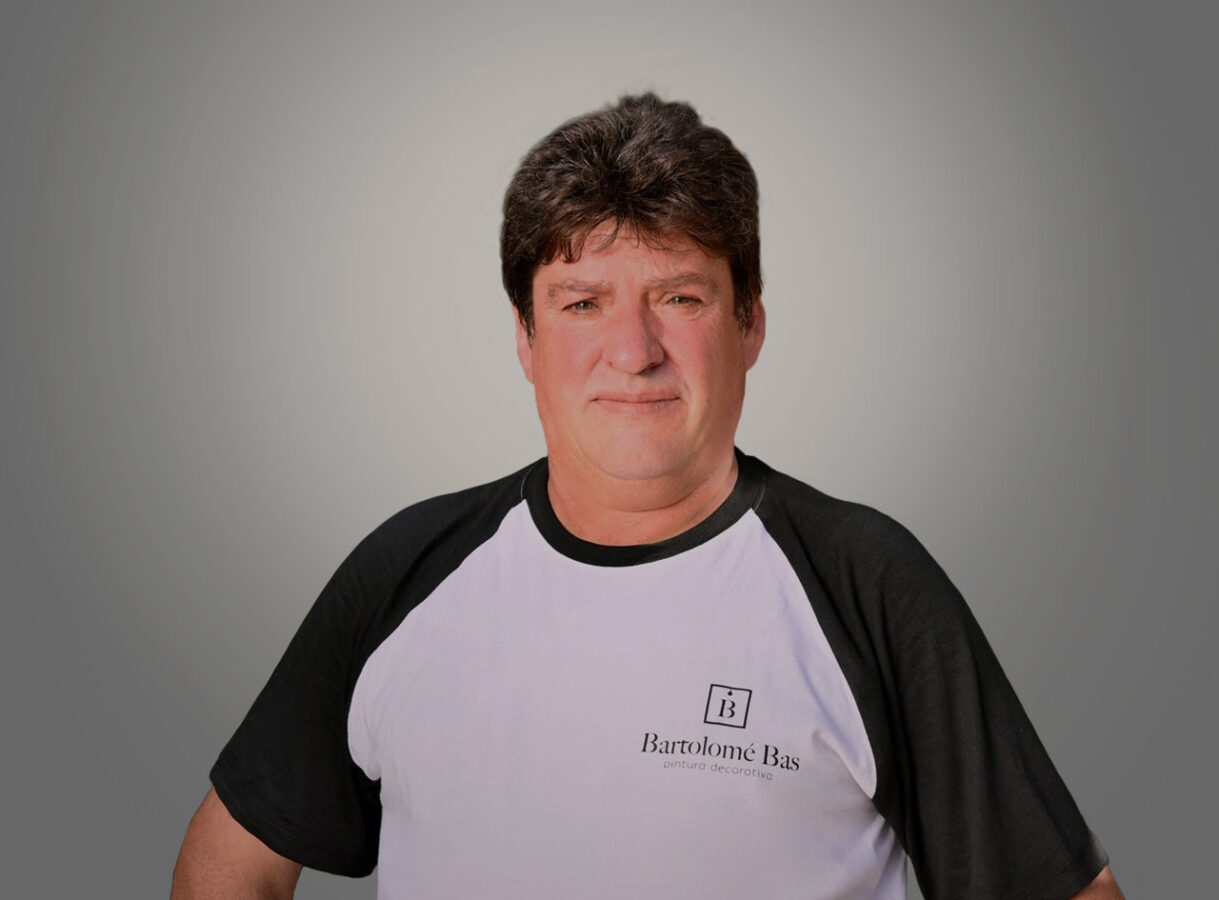What are the most popular decorative painting techniques?
Decorative painting techniques are the first thing that comes to mind every time you need a change in your living space. It’s fast and more economical than other home renovation ideas and can get great results with just a little creativity and nice touches. It’s a great refresh in your home whenever you feel outdated or bored with the colors and style of your walls. If you’re not sure of the color, you can consult with our professionals for paint color ideas for your home.
There are many techniques you can apply to your walls to make them more decorative. We have listed some of them to give you some ideas on the subject.
- Stamped paint such as stencils, asymmetrical shapes, polka dots, checks, stripes or free-style harlequins,
- Mouldings in different shapes and forms,
- Colour wash,
- Sponge, rolled up cloth,
- Strié.
In decorative painting, there is no particular rule, form or technique that you can choose and apply directly. Moreover, there is no such thing as a straightforward type of paint. The most preferred types of paints are satin, pearlescent metallic, matt or glossy finish paints. But the most important thing to consider is the consistency of the pattern, colour or technique in the areas of application.
Stamped paint
Stamped paint can be applied in millions of shapes and colours according to your creativity. Some of them can be consistent patterns like stripes, polka dots, squares, and some of them can be applied as asymmetrical shapes in harlequin colours and patterns.
You can use some moulds in different shapes and forms to create decorative walls. This technique consists of figures that are very important and you can use different colours to emphasise figures.
Colour washing
Colour washing is an easy method of application that adds depth and texture to the space. On a solid paint colour, apply the brush in long, sweeping strokes to blend the glaze colours. Another technique is to choose two colours that are not so contrasting but not so similar. One of them can be white or cream. Put two colours together without mixing them and dip the brush half and half into the colours. Apply the brush on the wall to get different shades of the same colour.
Sponge technique
The sponge technique is used to add dimension to walls. There are two ways to apply this technique. First, paint the wall a solid colour. Then, choose another colour in shades of the original. Using a sponge, favourably sea sponge, gently tap the sponge against the wall to create a dimensional effect on the wall. The other method is, after painting to a darker solid colour, directly apply a dry sponge or other materials such as cloth or even toilet paper, to the wet paint and soak it up a little. Scuffing rags follows the same logic. You can apply the same technique with a rag over a roller, or any other porous surface.
Strié
Strié comes from the French word streaking. In this technique, you create some horizontal and vertical lines on the wall with a brush. The pattern looks like a linen material and adds texture and warmth to the space.
DIY versus professional craftsmanship?
So far, we have mentioned some decorative painting techniques to create warmer and cosier places in your living areas. There is also another concept called faux painting which includes a wide range of decorative painting techniques, some of which we mentioned above. Faux means fake in French. So, in this technique, the appearance of marble, brick or wood is replicated by various means.
If you have no previous experience in painting or any other DIY project, we do not recommend you to apply these techniques. Because after a bad application it may be impossible or too difficult to recover and implement a proper application again. It would be better to look for workmanship with experience in decorative paint applications. Like Bartolomé Bas Pintores, where we offer the best quality of applications in all your demands. You dream and we make it come true.
With our painters services in Javea, you can have the most beautiful houses.

Bartolomé Bas
Professional painter in Jávea since 1984, specialized in decorative painting, waterproofing, renovations, and damp treatment. Founder of Bartolomé Bas Pinturas. Over 35 years of experience transforming homes and businesses on the Costa Blanca.
Professional networks:

